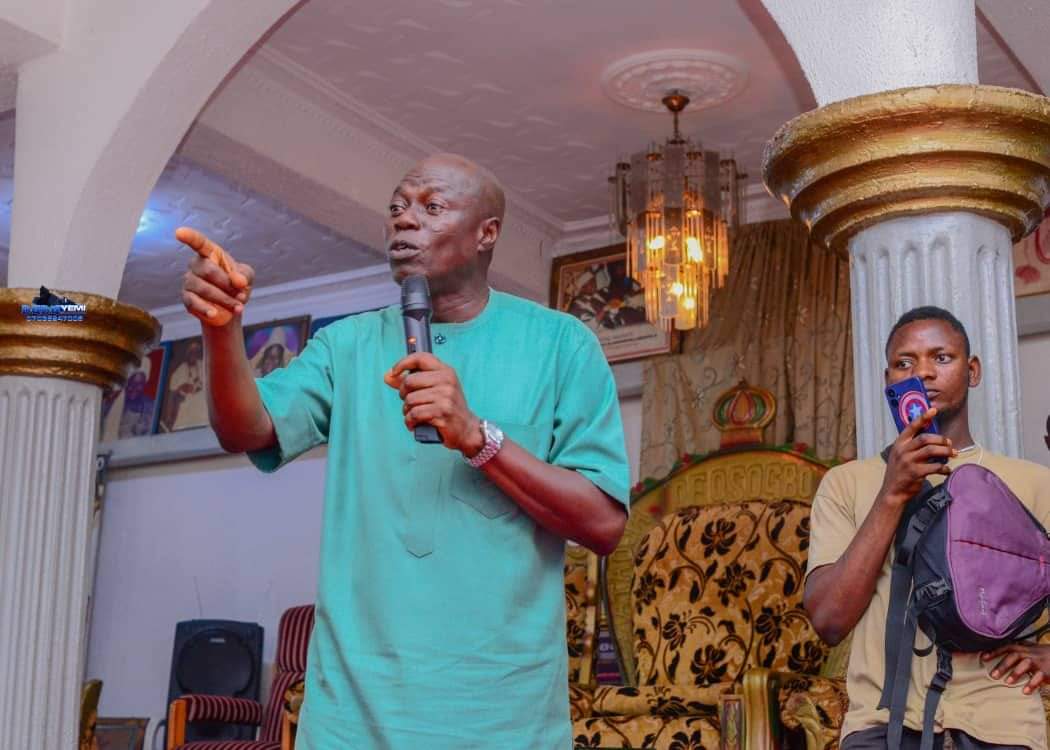Teen Apologises For False Claims Leading To Beheading Of Teacher


A teenager whose false statements allegedly contributed to the murder of a French teacher by an Islamist extremist apologised to the victim’s family in court on Tuesday.
Since early November, eight individuals have been on trial for their roles in fostering the hatred that led to the 2020 beheading of Samuel Paty, a teacher, by an 18-year-old of Chechen origin outside Paris.
Among those facing charges are Brahim Chnina, the 52-year-old Moroccan father of the teen who testified, and Abdelhakim Sefrioui, a 65-year-old French-Moroccan Islamist activist.
Both are accused of spreading false allegations about Paty on social media, allegedly inciting hatred and enabling the crime.
The now-17-year-old, who was 13 at the time, admitted to fabricating claims that Paty had shown caricatures of the Prophet Mohammed in class and asked Muslim students to leave before doing so. She confessed she was not present during the lesson.
READ: Meghan Markle Allegedly Files For Divorce Amid Prince Harry’s Royal Plans
“I want to apologize to the family. I destroyed your lives. I am sorry,” she said in court.
Sefrioui allegedly recorded an “interview” with the teen outside the school, coaching her responses. He also referred to Paty as a “teaching thug” in a video.
The teen admitted she lied to her mother to explain a two-day school suspension for behavioral issues. “I panicked,” she said, claiming she fabricated the story to justify her punishment.
Despite Paty’s death, she maintained the falsehoods until her arrest, only confessing after 30 hours of interrogation.
“Without my lies, none of us would be here,” she said tearfully, blaming her father’s “naivety and kindness” for believing her.
In December 2023, the teen received an 18-month probation sentence for slander.
Paty’s murder occurred weeks after Charlie Hebdo republished controversial cartoons of the Prophet Mohammed.
He had used the images in an ethics lesson on free speech, a practice legally protected under French law.


Titilope Adako is a talented and intrepid journalist, dedicated to shedding light on the untold stories of Osun State and Nigeria. Through incisive reporting, she tackles a broad spectrum of topics, from politics and social justice to culture and entertainment, with a commitment to accuracy, empathy, and inspiring positive change.











